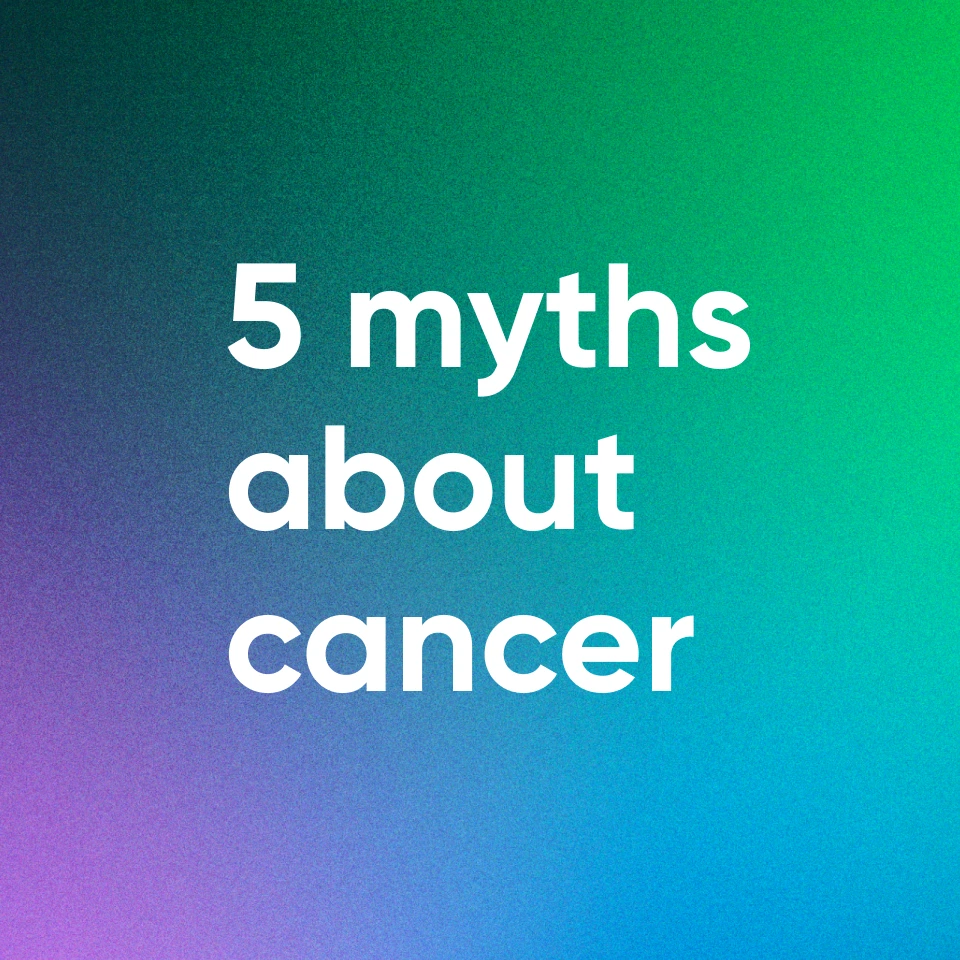Whether you’re a survivor yourself or know someone who has battled the disease, everyone has sadly been touched by cancer. It’s a disease that experts across the globe are working hard to better understand, diagnose and treat.
World Cancer Day is February 4th, making it a good time to check in on loved ones who have been impacted by cancer to see how you can help. It’s also a chance to reflect on the progress we've made in the fight against cancer and to review the challenges we still face.
This year’s theme for World Cancer Day is United by Unique. It reminds us that every person’s cancer journey is different and those diagnosed face unique challenges based on their individual backgrounds. It’s a call to shift from a one-size-fits-all treatment to a people-centered approach that considers every patient’s unique needs to provide the right support and care. The theme also highlights the importance of ground-breaking technology, like whole body imaging and genetic testing, as powerful tools to detect cancer earlier and provide more personalized treatment options.
Here’s a look at where cancer stands in 2025.
More women are getting cancer these days
Statistics show that 1 in 3 women and 1 in 2 men will be diagnosed with cancer at some point throughout their lifetime. While cancer rates in men have largely stabilized, recent trends have shown that cancer in women is on the rise. Middle-aged women, for instance, have a slight increased risk of a cancer diagnosis versus middle-aged men. But in women 50 and under, this stat jumps to them being twice as likely to develop cancer than men in the same age group.
Liver cancer, for example, is increasing in women, and cervical cancer rates are climbing in younger women aged 30 to 44. Breast cancer alone is projected to account for nearly 300,000 new cases in women this year.
Gone are the days of cancer being a disease that mainly affects an older population
In addition to cancer trends rising in women, there has been a growth in the amount of cases impacting younger generations. Doctors are defining these cancers occurring in people ages 50 and under as “early onset cancer.”
Examples of this include rates of advanced-stage colorectal cancer in people under 55 doubling since the 1990s. And cervical cancer rates in women are increasing in those ages 30 through 44. A 2023 BMJ Oncology study predicts that these early-onset cancer cases will increase globally by 30% between 2019 and 2030.
Doctors are researching the reasons behind the rise in these cancers but some attribute them to rising obesity rates, a diet of more ultra processed foods, environmental toxins and a more sedentary lifestyle – many people in this demographic commute to work in the morning, sitting at a desk for hours during the day, and spend their evenings relaxing on the couch.
Sadly, racial disparities in cancer remain an issue
While overall cancer outcomes have improved, racial disparities in cancer diagnosis and treatment still remain. Black Americans, for example, face double the mortality rate for prostate, uterine, and stomach cancer than White Americans. And American and Alaska Native individuals are 2 to 3 times more likely to die from cervix, kidney, liver, and stomach cancer compared to White people. Discrimination in healthcare, lack of healthcare access, unequal access to clinical trials, and economic instability are among some of the reasons experts are seeing this trend.
Over 2 million new cancer cases are expected to be diagnosed this year
Although diagnostic technology and treatment options continue to improve, cancer remains a disease that impacts many. There were around 2 million new cancer cases in the United States last year – marking the first time this statistic has crossed the 2 million threshold.
In 2025, it is projected that 618,120 cancer deaths will occur in the United States. That’s more than 1,600 cancer deaths daily.
It’s projected that cases will rise by 2% in 2025 to a diagnosis of 2,041,910 new U.S. cases – that’s more than 5,500 new cases every day! Among the things driving this rise is the increasing rate of cancer in 6 of the top 10 cancers. Breast, prostate, endometrial, pancreatic, kidney, and melanoma are on the rise.
The good news? Less people are dying of cancer
But there is a lot to celebrate. Cancer death rates in the U.S. have dropped by a whopping 33% since 1991. This downward trend of cancer mortality has resulted in 5 million less cancer-related deaths. And overall cancer death rates decreased by 2.3% per year among men and 1.9% per year among women from 2015 to 2019. Experts attribute this to a variety of factors, like declines in smoking, better treatments and improved access to catching cancers in earlier stages through recommended screenings.
Four of the cancers with increasing trends (breast, prostate, colorectal, and cervical) have standard diagnostic testing including mammograms, PSA blood test, colonoscopies, and Pap smear. Colorectal cancer deaths, for instance, have decreased by 57% since 1970, thanks largely to routine screenings. And services like Prenuvo’s whole body scan are helping to detect tumors as early as stage 1 and gives people the ability to screen for cancers that don’t have recommended screening tests – a staggering 86% of cancer cases are either not caught by screening or don't have screening tests at all.
These statistics offer some hopeful news on the progress we’re making in the fight against cancer. They are equally a reminder of the importance of staying on top of your health by keeping up with recommended screenings and taking steps towards early detection.
Book a Prenuvo scan to complement your standard diagnostic screenings. In just under an hour, our whole body MRI provides a comprehensive look inside your body, scanning for hundreds of conditions, with the ability to detect conditions like cancer as early as Stage 1 before symptoms arise.






